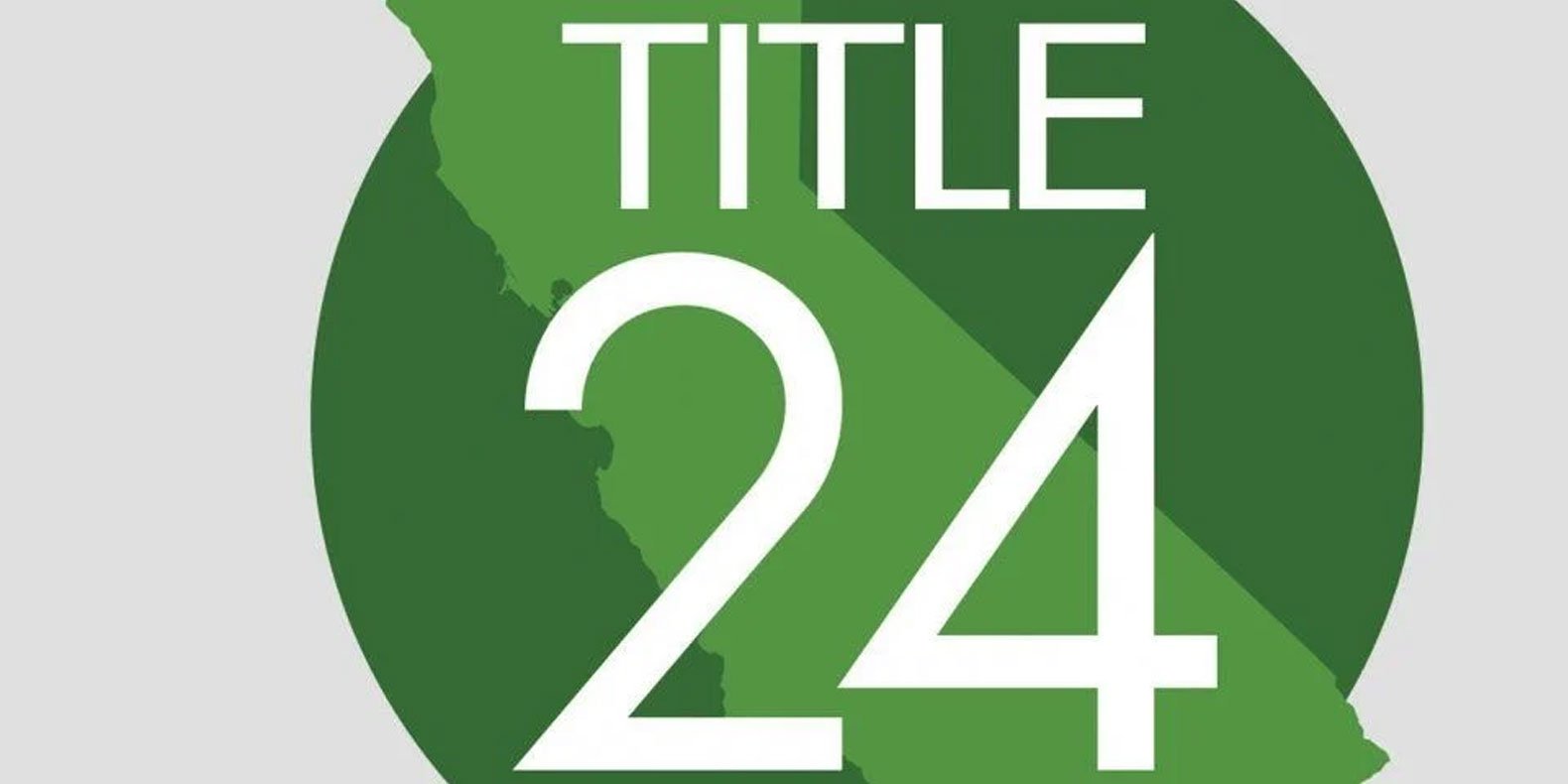

Since a roof plays a major role in energy efficiency, Title 24 includes specific requirements that homeowners in California need to be aware of, including:
*Note: This article focuses on how Title 24 applies to low-rise residential homes with traditional steep-sloped roof styles having a rise-to-run ratio greater than 2:12. For information on how Title 24 impacts other properties, please review Title 24, Part 6 of the California Code of Regulations.

Title 24 regulations differ based on which of the 16 California climate zones your home is located in.

Climate zones are defined by geographic borders that consider average temperatures and the number of cool or hot days. Established by the California Energy Commission and updated every three years, each climate zone has its own set of Title 24 regulations, requirements and energy standards.
For example, homes in climate zones 4 and 8-15 are required to use certified roofing products known as cool roofs for new construction, or if more than 50% of the roof is replaced.
For homes in climate zones 1-3 and 5-7, there are no cool roof requirements.
Not sure which climate zone your home is located in? Click here to look up your climate zone by entering your zip code in the California Energy Commission Climate Zone Tool.
The Cool Roof Rating Council (CRRC) is the sole authority recognized by the California Energy Commission for certifying roofing products as “cool roof” materials.
The CRRC rates roofing products and systems by measuring two important thermal properties, solar reflectance (SR) and thermal emittance (TE). Both of these thermal properties are measured and assigned values from 0 to 1. The higher the value, the cooler the roof. By CRRC standards, the minimum solar reflectance (SR) value is .20 and the minimum thermal emittance (TE) value is .75.
Solar Reflectance (SR) : The roofing material’s ability to reflect solar energy back into the atmosphere. Title 24 also rates SR after three years, a value known as aged solar reflectance.
Thermal Emittance (TE) : The ability of the material to radiate absorbed heat up and away from the house.
There is a third “cool roof” qualifier known as the Solar Reflective Index (SRI), which is calculated through a formula that combines the SR and TE values of a roofing product.
“The SRI alternative is useful when a particular product exceeds the Energy Standards requirement for either the aged solar reflectance or the thermal emittance, but does not meet both requirements.” — Energy Code Ace Resources
There is an exception to Title 24’s cool color requirements, however.
SECTION 150.2(b)1Hi states that any roofing product may be used if “air-space of 1” is provided between the top of the roof deck to the bottom of the roofing product.
While this sounds complex, it basically means that if a roofing product is installed over battens, it does not need to be certified as a cool roof. The batten installation technique improves energy efficiency so well that Title 24 makes a notable exception to the cool color rules.
Battens are a simple grid of 2x2 wood strips that create a continuous airspace of at least 1” between the roofing material and the roof deck.
This vital airspace increases thermal emittance tremendously by allowing heated air between the deck and the roofing materials to escape up and away from the house through ridge vents at the highest point of the roof. Battens provide a self-regulating “heat elevator.” In other words, the hotter the air, the faster it rises up through the air space and away from the home.
Aside from the energy-efficiency requirements of Title 24, homeowners need to factor in that California has strict environmental and building codes due to its varied climate conditions, including earthquakes and wildfires.
If your roofing project will take place in 2023 or later, homeowners may need to find a roofing product that works well with solar installations. Effective January 1, 2023, the California Energy Commission now requires solar panels and battery storage in new commercial buildings and certain residential buildings. This is an important consideration since solar panels can last 25 years or more, so it’s important to find a roof with a long lifespan that won’t need to be replaced before the solar panels.
With all these requirements and regulations in place, finding the best roof for a California home can be a headache. Fortunately, an energy-efficient DECRA metal roof can check all the boxes.
The best part is that DECRA’s stone-coated metal roofing products come in a wide variety of colors and textures to suit any style. DECRA has an architecturally-diverse variety of roofing products that meet or exceed the requirements of Title 24, including our profiles that are installed on battens:
As well as three CRRC-approved cool colors that are available across all DECRA profiles:

Ready to see and feel the difference DECRA makes? Order a complimentary sample of our cool colors today!

Editor's Note: This blog was originally published in May 2020, but has been updated with new information.